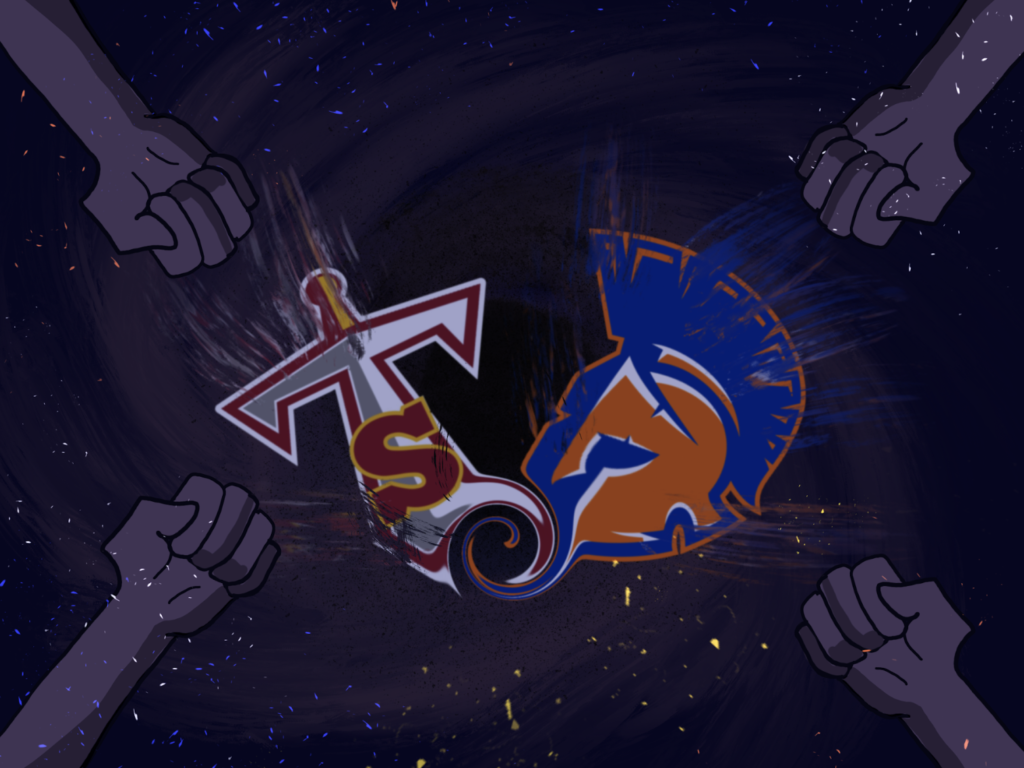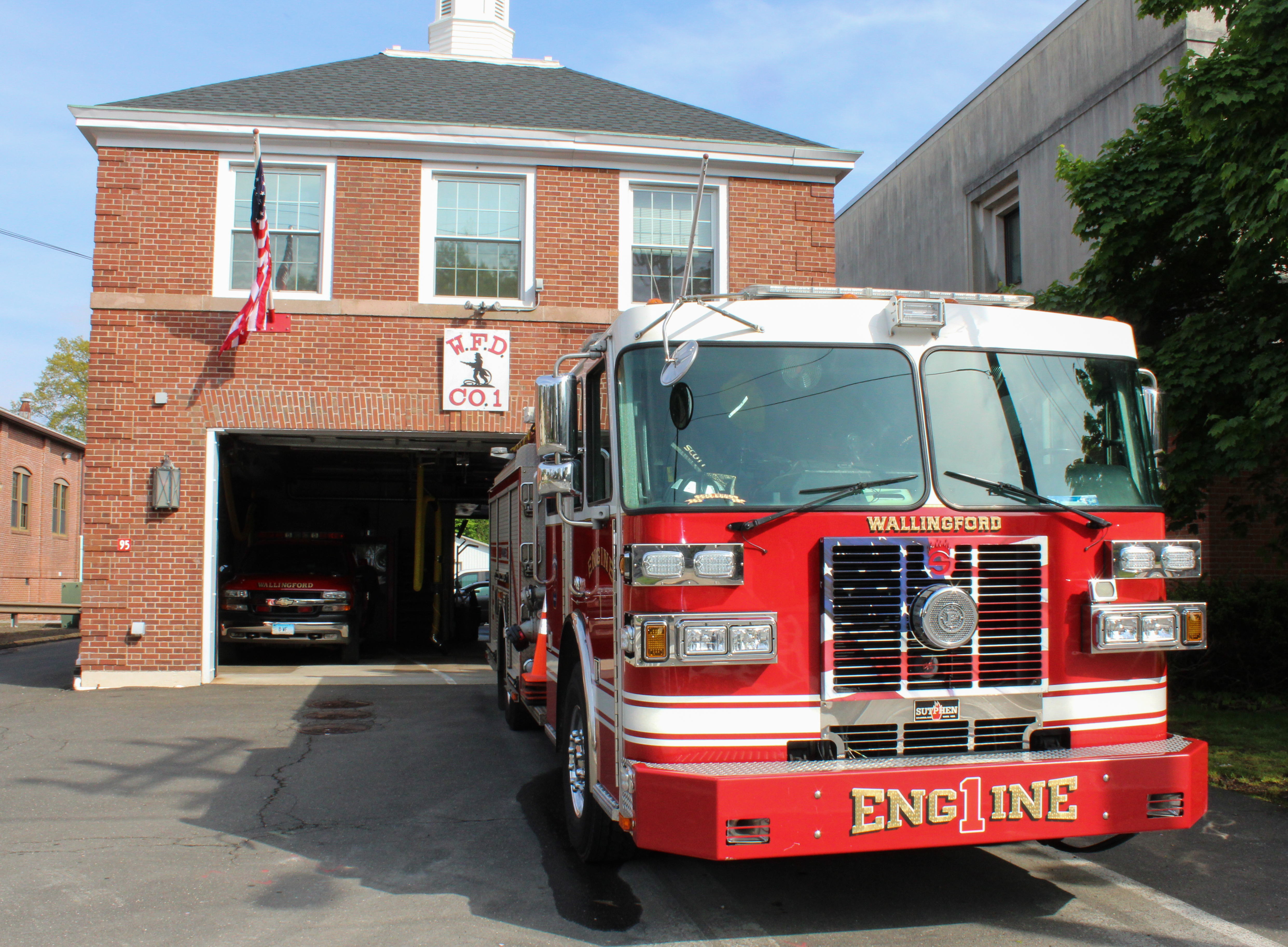
This February, Wallingford’s Board of Education voted eight to one to consolidate the town’s two high schools: Lyman Hall High School and Mark T. Sheehan High School.
The decision, which includes the closing of Sheehan High School and the construction of a new building next to Lyman Hall, is expected to be completed in 2028. The plan has been in the works for about five years but was recently reintroduced after being put on hold during Covid-19.
One of the primary reasons for the plan was declining enrollment in both Lyman Hall and Sheehan. The Wallingford Board of Education felt that consolidating the two schools was the best solution to ensure that resources could be equitably distributed to the students at both institutions.
However, a consolidation would result in a student population increase of about 1,800 students, a number that neither school’s facilities can accommodate. Thus, the idea of constructing a new building, likely on the site of Lyman Hall, was introduced.
Vice-Chairperson of the Wallingford Board of Education Mr. Ray Ross was the lone dissenter in the recent vote about the consolidation. Mr. Ross said he voted in opposition because “bigger isn’t necessarily better when it comes to educational resources.”
Larger class sizes may result in delays or inability to receive extra help and a weaker student-teacher relationship. He reiterated, “I still feel, personally, that students get better attention from a smaller school.”
In contrast, Chairperson of the Wallingford Board of Education Ms. Tammy Raccio was among the eight board members who voted in favor of the consolidation. From her perspective, the student-teacher connection would not be lost should the schools combine.
“So much depends on the teachers, and we have fabulous teachers. I still think that the teachers will be equally available to the students.” Ms. Raccio added, “The students will seek out the areas of interest that they want, and the teachers that work in those areas.”
Mr. Ross raised additional concerns about extracurricular activities and the potential for fewer students to participate in sports teams. With a significantly larger student population, coaches may lose their ability to connect with students.
“The coaches don’t just coach sports — they’re life coaches, and they take their students under their wing,” he said. With a larger student body, fewer students would make it onto sports teams. These students may lose the opportunity to try new sports, be a part of a team, and receive valuable coaching.
“The emotional stability of the students, and the ability of the students to partake in a lot of the high school experience is greatly diminished,” said Mr. Ross.
Parents worry about reduced student leadership opportunities should the plan be enacted. However, this problem may not arise. “I think there’s opportunity that you could have co-presidents of a student council,” said Ms. Raccio. “At a larger school, you’re going to need more student government leadership positions.”
Ms. Raccio’s philosophy surrounding the plan boils down to two words: “equity and education.” One of the main concerns with the current two-school model is the difference in student course paths. While there may be enough interest in a certain course at one high school, there may not be at the other.
As a result, some courses are not offered at both schools. “It’s not equitable in our programming. ’ We have some programs that are only offered at one high school,” said Ms. Raccio. While Lyman Hall students involved in the culinary program can commute to Sheehan to take certain electives, this opportunity doesn’t exist for other areas of study. This limits the opportunity for students to explore their interests if their school cannot offer a course.
Should the plan be enacted, more courses could be offered. The town currently operates under the guideline of 25 students per class. With a larger student population, the likelihood of that benchmark being fulfilled is much higher compared to the two-school system.
The plan has sparked controversy, and some Wallingford residents have expressed disapproval. Outside a town council meeting to debate the topic on March 28, students and parents from Sheehan held signs in protest. Ms. Raccio noted that, however, no Lyman Hall students or families were in attendance.
One of the topics discussed at the meeting was the location of the proposed new school, which poses transportation problems for Sheehan students. Over 100 students who used to be able to walk to school would need transportation, which Mr. Ross estimates would require around 60 buses to accommodate. The bus ride would also be significantly longer for students. Some people at the town council meeting proposed that the new building be in a more central part of town between both schools. However, this proposal would take work to enact.
“The Board of Education has no authority to buy land,” said Ms. Raccio. “That would be a larger discussion than the nine of us volunteers on the Board.” Therefore, no decision was reached at the town council meeting.
The Wallingford High School Consolidation Plan remains an ongoing and divisive discussion. While the range of course offerings may be expanded, many Wallingford residents fhold apparent concerns for their children and community. Ms. Raccio said that in her ideal outcome, “students have the same opportunities, whether they went to Sheehan or whether they went to Lyman Hall.”




